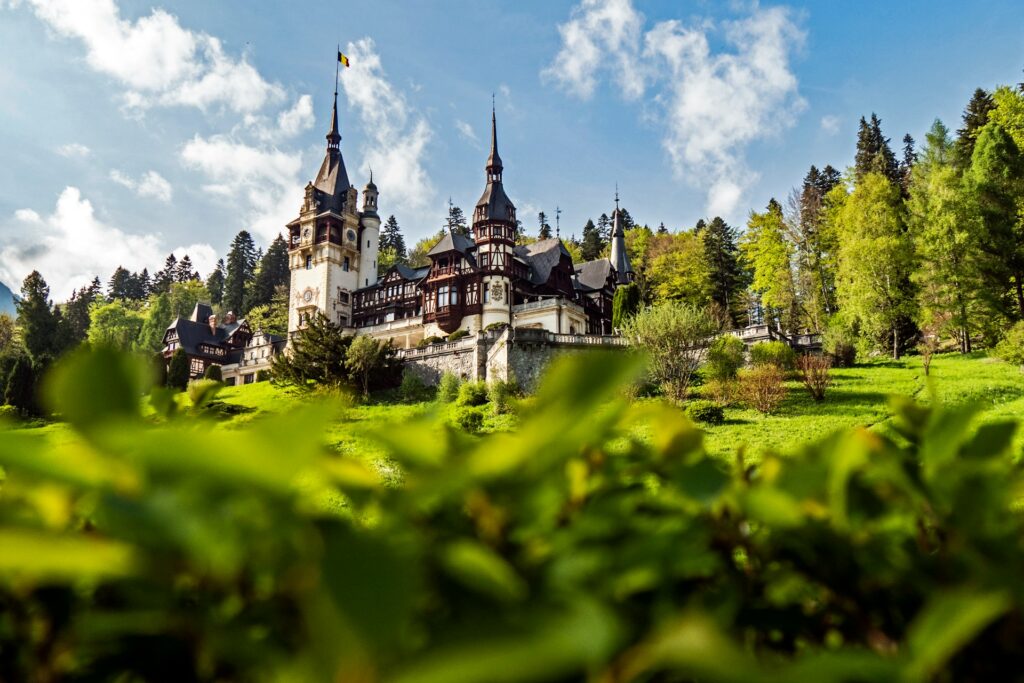Romania, a country where the crossroads of cultures blend into a rich tapestry of traditions and flavors, invites travelers on a culinary journey like no other. The essence of Romanian cuisine lies in its hearty, flavorful dishes, deeply rooted in history and seasoned with stories from across the ages. For food lovers and culinary adventurers, tours of Romania offer an unparalleled opportunity to explore this diverse and delicious cuisine firsthand, from bustling city eateries to serene countryside kitchens.
Embarking on a Culinary Adventure
A culinary tour of Romania is not just about tasting the food; it’s about immersing yourself in the country’s culture, history, and way of life. Romanian cuisine is a testament to the country’s geographical diversity and historical layers, with influences from the Ottoman Empire, German settlers, Hungarian neighbors, and Slavic traditions. Each region boasts its own specialties, making a culinary tour a journey through the heart and soul of Romania.
The Heartbeat of Romanian Cuisine: Traditional Dishes
- Sarmale: Perhaps the most iconic Romanian dish, sarmale are savory cabbage rolls filled with a mix of minced meats, rice, and herbs, slowly cooked in a tomato-based sauce. Often served with mămăligă (polenta) and smothered in sour cream, it’s a comforting dish that embodies the spirit of Romanian hospitality.
- Mămăligă: A staple in Romanian diets, mămăligă is a versatile cornmeal dish similar to Italian polenta. It can accompany main dishes, serve as a base for cheeses or creams, or even be a meal in itself when combined with rich toppings.
- Ciorbă: This sour soup is a staple across Romania, with variations including beef, chicken, fish, and vegetable. The sour taste, traditionally obtained from fermented wheat bran, lemon, or vinegar, offers a refreshing contrast to the heartier dishes.
- Mici: No culinary tour of Romania is complete without trying mici, the country’s beloved grilled minced meat rolls. Seasoned with garlic, spices, and herbs, these little sausages are a popular street food and a must-have at any Romanian barbecue.
From Farm to Table: Experiencing the Local Produce
Romania’s fertile lands and traditional farming practices contribute to the fresh, high-quality ingredients used in its cuisine. Many tours offer visits to local markets and farms, where travelers can taste the vibrant fruits and vegetables, select artisan cheeses, and understand the farm-to-table philosophy that underpins Romanian culinary practices.
Sweet Delights: Romanian Desserts
Romanian desserts are a delightful exploration of flavors and textures, often featuring nuts, fruits, and cheeses. Among these, papanasi, a fried or boiled sweet cheese doughnut served with sour cream and jam, stands out as a favorite for its comforting and indulgent taste. Other must-tries include cozonac, a sweet bread with nuts and cocoa, and clătite, Romanian pancakes filled with jam or sweet cheese.
Embarking on Your Culinary Tour
The best culinary tours of Romania are those that offer a mix of experiences, from cooking classes with local chefs to meals shared in the homes of welcoming Romanian families. These tours not only introduce you to the flavors of Romania but also to the stories and traditions that have shaped its cuisine over centuries.
- Choose a Regional Focus: Consider focusing your culinary tour on a specific region of Romania, such as Transylvania, Moldova, or the Danube Delta, to delve deeper into local specialties and culinary traditions.
- Seasonal Specialties: Time your visit to coincide with seasonal specialties, such as fresh spring vegetables, summer fruit harvests, or autumn’s wine-making season.
- Festivals and Fairs: Plan around food festivals and local fairs, where you can sample a wide variety of dishes and witness the cultural celebration of food.
The Personal Touch: Romanian Hospitality
A key element of Romania’s culinary tradition is its legendary hospitality. Meals are more than just food; they’re an expression of welcome and friendship. This warmth is palpably experienced during culinary tours, where visitors are often invited into homes to share a meal. This personal touch adds depth to the culinary experience, connecting travelers not just with the food but with the stories and lives of the people who make it.
Wine and Spirits: A Journey through Romania’s Vineyards
Romania’s wine culture is as rich and varied as its culinary traditions. With a winemaking history that dates back over 6,000 years, the country offers a diverse range of wines from its many vineyards and wineries. A culinary tour can be wonderfully complemented by wine tasting sessions that explore the local varieties, such as Fetească Neagră, a native red wine grape, or the aromatic white wine grape, Tămâioasă Românească. Spirits lovers will also enjoy tasting țuică, a traditional Romanian plum brandy, offering a glimpse into the country’s spirit-making traditions.
The Fusion of Modern and Traditional
While traditional dishes form the backbone of Romanian cuisine, a new wave of chefs is bringing innovation and contemporary flair to the country’s culinary scene. These chefs respect traditional methods and ingredients but aren’t afraid to experiment, creating modern interpretations that still pay homage to Romania’s culinary roots. Culinary tours can provide an exciting glimpse into this fusion, showcasing how Romania’s cuisine is evolving while staying true to its heritage.
Tips for Culinary Travelers
- Be Open to New Flavors: Romanian cuisine is diverse and may include ingredients and flavors unfamiliar to many travelers. Approach each dish with an open mind and palate.
- Engage with Your Hosts: Don’t hesitate to engage with your hosts or local chefs. Their stories and insights can enrich your understanding of the food and its cultural significance.
- Document Your Culinary Journey: Whether through photos, notes, or even collecting recipes, documenting your culinary experiences can help you share and relive the flavors of Romania long after your tour ends.
Conclusion
A culinary tour of Romania is an adventure for the senses, offering a deep dive into a culture that celebrates its history and traditions through food. Whether you’re sampling sarmale at a bustling market, learning to make mămăligă in a local’s kitchen, or enjoying a glass of locally produced wine in the countryside, the flavors of Romania are sure to captivate and delight. So, pack your appetite and embark on a journey to discover the rich tapestry of Romanian cuisine – a taste of tradition that promises to be both delicious and unforgettable.




